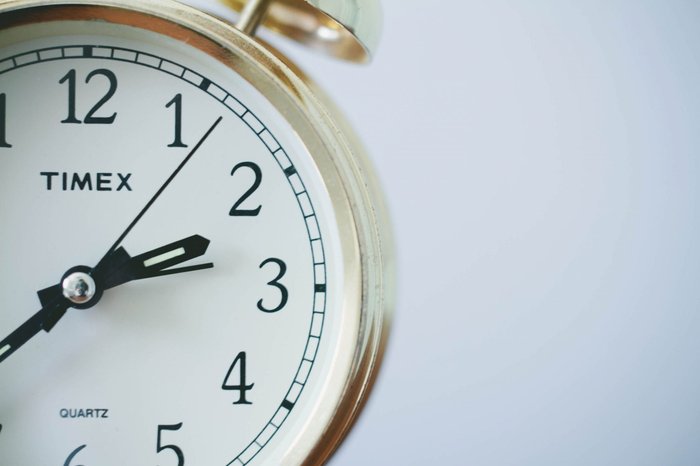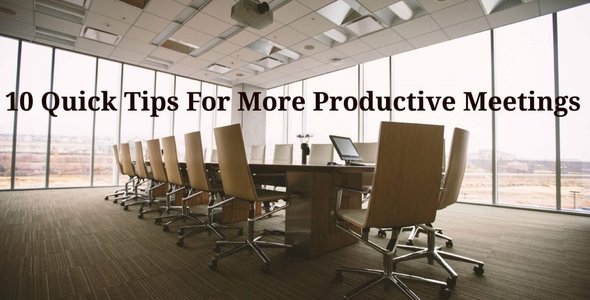10 Hard To Believe (But True) Productivity Statistics
Time Management

Here are some of my favorite hard to believe (but true) productivity statistics that help point out what science has known longer than our society: multi-tasking doesn’t work and e-mail and technology diminish our productivity greatly when they don’t have boundaries.
Let’s drive this point home with some good old-fashioned research. Without further ado here are 10 hard to believe but absolutely true productivity statistics:
- “In 2005, a psychiatrist at King’s College in London administered IQ tests to three groups: the first did nothing but perform the IQ test, the second was distracted by e-mail and ringing phones, and the third was stoned on marijuana. Not surprisingly, the first group did better than the other two by an average of 10 points. The e-mailers, on the other hands, did worse than the stoners by an average of 6 points.”
(Tim Ferriss, The Four Hour Work Week, "Where Work Is a Religion, Work Burnout Is Its Crisis of Faith") - Each day a typical office employee checks email 50 times and uses instant messaging 77 times (RescueTime).
- 66% of people read email seven days a week and expect to receive a response the same day. (eRoi Email Addiction Survey, Oct. 17, 2006)
- “In a study released in 2007, a group of Microsoft workers took, on average, 15 minutes to return to serious mental tasks, like writing reports or computer code, after responding to incoming e-mail or instant messages.”
"Slow Down, Brave Multitasker, and Don’t Read This in Traffic" - “A diary study of employees at a multinational reported daily interruptions (such as colleagues asking questions) averaged 96 minutes.
Although urgent tasks tended to be completed, the researchers, led by Brigitte J.C. Claessens of Technische Universiteit Eindhoven in the Netherlands, found that less-important tasks were somewhat more likely to be completed than more-important tasks.” - Researchers found productivity dropped as much as 40% when subjects tried to do two or more things at once. (University of Michigan)—Entrepreneur
- Cyber-loafing vs. Emailing: Amount of Internet browsing is significantly and positively related to such upbeat mental states as excited, interested, alert, and active, and inversely related to such negative mental states as distressed, fearful, hostile, and jittery.
Conversely, the amount of e-mailing activity, in distinct contrast, is significantly related to negative mental states but not to upbeat ones. (Cyberloafing at the workplace: gain or drain on work? 2009, Lim and Chen) - “Workplace research on productivity started back in the early 1900’s. Five decades of results proved, beyond a doubt, that maximum productivity occurs at no more than 40 hours a week and eight hours a day.”
"Why Working More Than 40 Hours a Week Is Useless" - 62% of workers routinely end the day with work-related neck pain, 44% report strained eyes, 38% complain of hand pain, and 34% report difficulty in sleeping due to work-related stress. Integra Survey, 2000
- “Writing in the Journal of Occupational and Environmental Medicine, the researchers estimated that lost productivity due to poor sleep cost $3,156 per employee with insomnia and averaged about $2,500 for those with less severe sleep problems.
Across the four companies, sleep-related reductions in productivity cost $54 million a year. This doesn’t include the cost of absenteeism–those with insomnia missed work an extra five days a year compared to good sleepers.”
My hope is that this research will support you in setting more boundaries around people and technology so that you can focus more easily and enjoy the benefits of being more productive. If you’d like one-one-one support in protecting your time and energy most effectively, check out my current programs.
Latest Blog posts
![[Free Meditation] The Dangers Of Self-Improvement](/media/images/Free_Meditation_The_Da.2e16d0ba.format-jpeg.fill-590x300.jpg)
[Free Meditation] The Dangers Of Self-Improvement
How you get into the water is less important than actually being in the water.

Resources For Women With ADHD
I recently sat down with Linda Roggli, PCC, for a quick and informative interview.

10 Quick Tips For More Productive Meetings
Maximize meeting efficiency with 10 practical tips for better productivity and engagement.